Too Much Information?
The downing of Malaysian Airlines Flight MH17 over Ukraine in 2014 was an event shrouded in misinformation. With reporters far from the location, misleading information put out by governments, and scant first-hand accounts, how did journalists determine the facts? Topography, landmarks and freely available social media posts proved to be the answer. Through forensic examination of photos and data, the journalists followed a trail that could pinpoint the location of the missile trucks that fired on MH17. Welcome to open-source intelligence: an approach being used to modernise journalism and shine a light where it can be difficult for reporters to tread. When there is a camera in almost every pocket in the world, journalists can embark on the kind of investigations only police and intelligence services previously had the capacity to undertake.
But how far can publicly available data take us in the search for truth, and how does modern journalism balance the public interest with that of privacy? And can journalists be protected from these tools being turned against them?
Eliot Higgins, founder of Bellingcat, and author Eyal Weizman, founding director of Forensic Architecture, unpick the questions at the cutting edge of modern journalism with Matt Thompson, editor of The New York Times's innovative investigations unit Headway, in an event filmed live at the 2021 Edinburgh International Book Festival.
Book Festival News
 Major new partnership with Celtic Connections
Major new partnership with Celtic Connections
Friday 12 December
Watch more
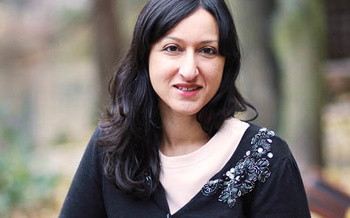 Arifa Akbar: The Complexity of Sisterhood
Arifa Akbar: The Complexity of Sisterhood
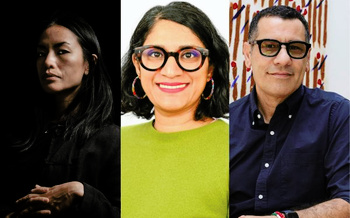 Jenny Lau, Chitra Ramaswamy & Sami Tamimi: Food and Home
Jenny Lau, Chitra Ramaswamy & Sami Tamimi: Food and Home
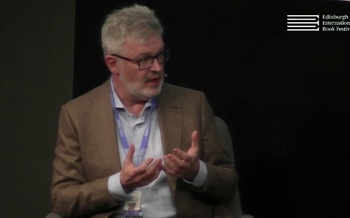 James MacMillan at the Edinburgh International Book Festival
James MacMillan at the Edinburgh International Book Festival
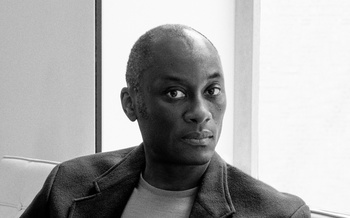 Ekow Eshun: Africa is a State of Mind
Ekow Eshun: Africa is a State of Mind
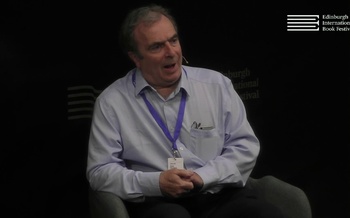 Peter Hitchens speaks to Ruth Wishart at the Edinburgh International Book Festival
Peter Hitchens speaks to Ruth Wishart at the Edinburgh International Book Festival
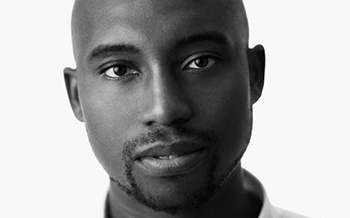 Caleb Azumah Nelson: Diving into Black Culture
Caleb Azumah Nelson: Diving into Black Culture
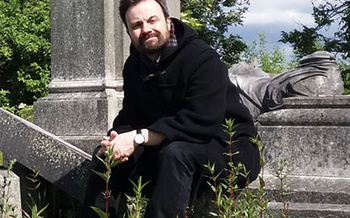 Peter Ross: The Stories and Glories of Graveyards
Peter Ross: The Stories and Glories of Graveyards
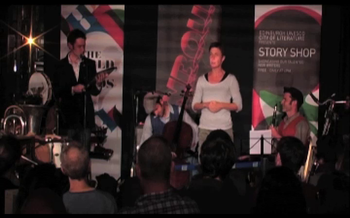 UNBOUND: Dummy Jim
UNBOUND: Dummy Jim
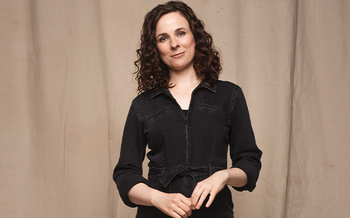 Cariad Lloyd: Lessons from Loss
Cariad Lloyd: Lessons from Loss
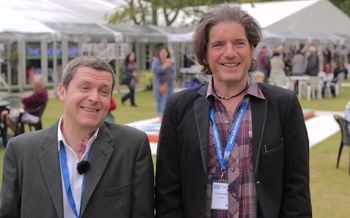 Interview - Charlie and Robbie (2014)
Interview - Charlie and Robbie (2014)



